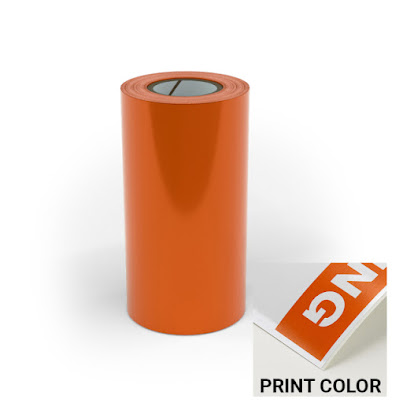Tools and Equipment: Building the Foundation for Success
In the world of DIY projects and professional trades, tools and equipment are the fundamental building blocks of success. They are the instruments through which ideas are brought to life, tasks are completed, and challenges are overcome. Whether you're assembling a piece of furniture, repairing a leaky faucet, or constructing a house, the quality and selection of your tools can significantly impact the outcome of your work. This article will explore the critical role tools and equipment play in both DIY and professional settings, and how choosing the right ones can set the stage for successful projects.
The Impact of Tools on Project Success
1. Efficiency in Execution
Efficiency is a hallmark of successful projects, and the right tools are essential for achieving it. Tools that are designed for specific tasks allow you to work more quickly and accurately. For example, using a power drill instead of a manual screwdriver can drastically reduce the time it takes to assemble a project. Similarly, a circular saw cuts through materials faster and with more precision than a hand saw, enabling you to complete your work in less time and with better results.
2. Precision and Professionalism
In many projects, precision is key to ensuring a professional finish. Whether you're cutting materials to size, measuring spaces, or fitting components together, having the right tools ensures that your work is accurate and consistent. Precision tools like laser levels, digital calipers, and miter saws help eliminate guesswork, allowing you to achieve results that meet or exceed professional standards.
3. Safety and Risk Management
Safety is a paramount concern in any project, and the tools you use play a significant role in mitigating risks. High-quality tools are built to be safe, with features like insulated handles, safety guards, and ergonomic designs that reduce the risk of injury. In contrast, using inappropriate or poorly made tools can lead to accidents that may cause harm or damage your work. Investing in reliable, well-designed tools is an investment in your safety and the safety of those around you.
Building a Comprehensive Toolkit
1. Starting with the Essentials
Every toolkit should begin with a core set of essential tools. These include items like hammers, screwdrivers, tape measures, and pliers—tools that are used in almost every project. For beginners, investing in a high-quality basic toolset is the first step toward building a comprehensive collection. As you gain experience and take on more complex projects, you can expand your toolkit to include specialized tools.
2. Expanding with Power Tools
Power tools are the backbone of modern DIY and professional projects. From drills and saws to sanders and grinders, these tools enhance your capabilities by providing the power and speed necessary to tackle tougher tasks. When selecting power tools, consider their versatility, ease of use, and the types of projects you plan to undertake. Cordless power tools offer the added benefit of portability, making them ideal for jobs that require mobility or working in areas without easy access to power outlets.
3. Selecting Specialized Equipment
As you become more experienced, you may find the need for specialized equipment tailored to specific tasks. For instance, a router is essential for woodworking projects that require intricate cuts and designs, while a tile saw is indispensable for bathroom and kitchen renovations. By gradually adding these specialized tools to your collection, you expand your capabilities and ensure you're prepared for a wider range of projects.
The Role of Maintenance and Care
1. Protecting Your Investment
Tools and equipment represent a significant investment, and proper maintenance is essential to protecting that investment. Regular cleaning, sharpening, and lubrication help keep your tools in optimal condition, preventing wear and tear that can shorten their lifespan. For power tools, following the manufacturer’s maintenance guidelines—such as replacing worn parts and keeping batteries charged—will ensure they remain reliable and effective.
2. Organizing Your Workspace
A well-organized workspace is key to working efficiently and safely. Investing in tool storage solutions, such as toolboxes, pegboards, or cabinets, helps keep your tools easily accessible and protected from damage. Proper organization also reduces the time spent searching for tools, allowing you to focus on your work and maintain a clean, clutter-free environment.
Embracing Innovation in Tools and Equipment
The tools and equipment landscape is constantly evolving, with new innovations designed to make work easier, faster, and more precise. Today’s tools are increasingly incorporating digital technology, with features like smart connectivity, automatic adjustments, and real-time data tracking. For example, smart drills can adjust torque settings based on the material being drilled, while digital measuring tools can store and share measurements directly to your smartphone.
These advancements not only enhance the functionality of tools but also make them more accessible to users of all skill levels. Whether you’re a seasoned professional or a beginner, embracing these innovations can improve your efficiency and the quality of your work.
Conclusion
Tools and equipment are more than just instruments—they are the foundation upon which successful projects are built. By selecting high-quality, reliable tools and maintaining them properly, you set yourself up for success in any task, from simple repairs to complex construction projects. Whether you’re starting with the basics or expanding your toolkit with specialized equipment, the right tools will empower you to work more efficiently, safely, and with greater precision, ensuring that every project you undertake is a success.
.jpg)



Comments
Post a Comment